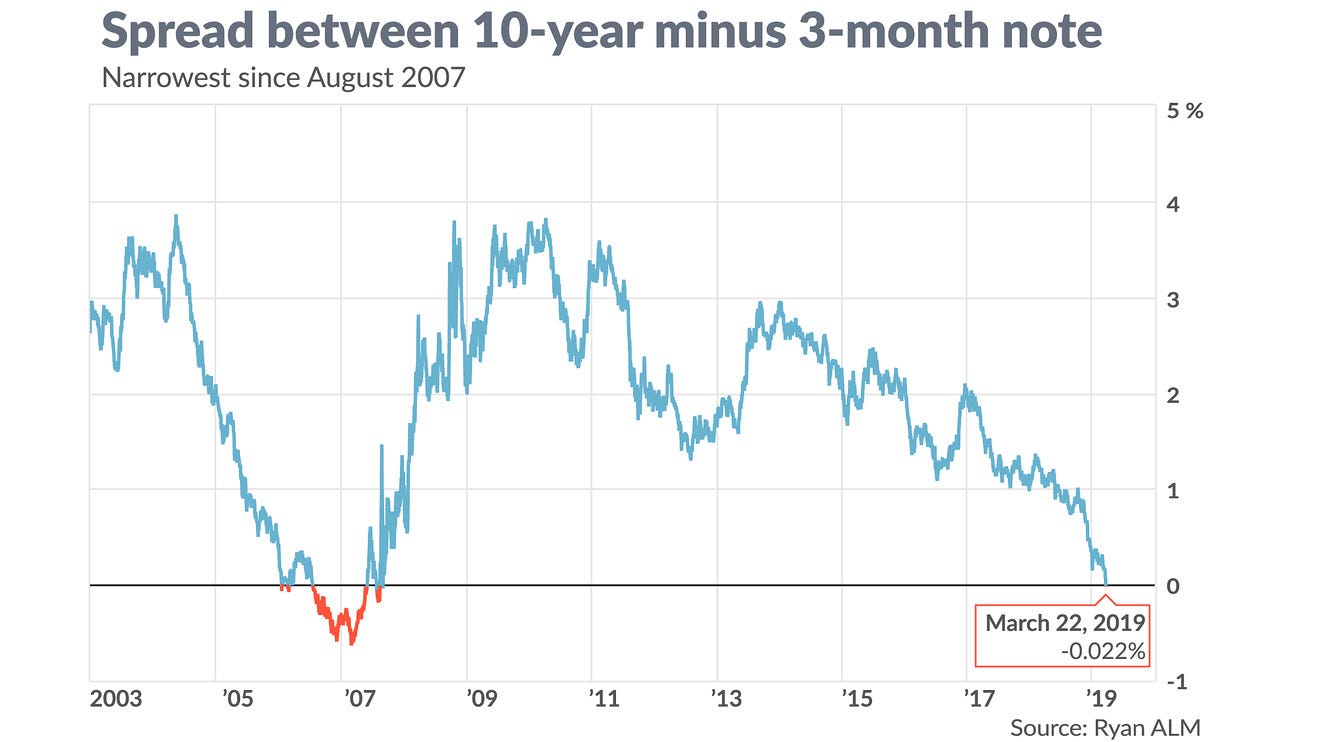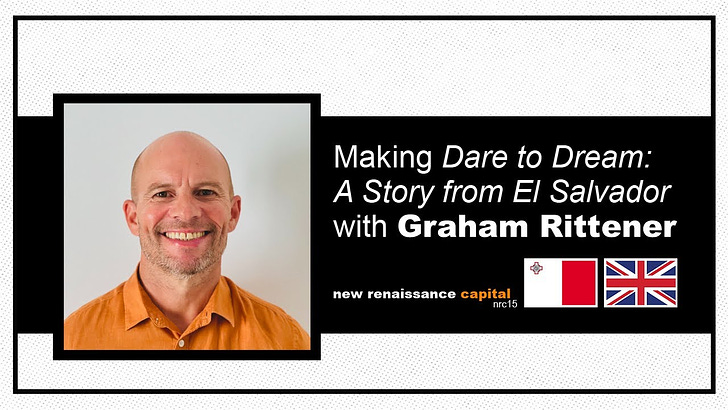Telling the Story of El Zonte
And What Is Yield Curve Disinversion and Why Should We Watch out for It?
Just over two years ago, Graham Rittener headed to El Zonte, El Salvador to document what was happening in the world’s first Bitcoin circular economy.
What he found in El Zonte — colloquially referred to as “Bitcoin Beach” — were people who’d been working to better their community for years before they even knew what Bitcoin was but who were now using Bitcoin as a tool to financially empower members of the community after someone anonymously donated a notable amount of bitcoin to it.
The final product of the effort from Graham and his team is a feature-length documentary entitled Dare to Dream: A Story from El Salvador, which you can watch at this link or on most major streaming platforms, including Amazon Prime Video and Apple TV.
I met Graham in El Zonte last week after we both attended this year’s Adopting Bitcoin conference in San Salvador.
Soft-spoken and insightful, I enjoyed speaking with him and invited him to be a guest on my podcast. Graham said he’d be happy to, and we made the interview happen this week.
You can listen to our conversation via the link below:
You can also listen here:
(If you could leave a rating and review on Apple Podcasts, I’d greatly appreciate it!)
And here’s a link to the episode on Spotify:
Lastly, here’s a small preview of what Graham had to share:
Enjoy the interview!
Congrats to the Bitcoin Dada Grads!
Yesterday morning, I had the distinct pleasure of virtually addressing the 70 or so graduates of the fifth cohort of the Bitcoin Dada program, which is based in Kenya.
Bitcoin Dada is a program that teaches African women about all things Bitcoin. I gave a ‘Bitcoin 101’ lecture in the program a few months back and had an absolutely blast teaching and speaking with these ladies.
If you’re not following Bitcoin Dada on X, please get with the program!
If you’d like to learn more about Bitcoin Dada, check out the interview I did with its founder, Lorraine Marcel:
Yield Curve Disinversion
One of the best metrics to pay attention to when trying to predict when a recession will arrive is yield curve disinversion.
Before I get into that, though, let’s first touch on what yield curve inversion is.
An inverted yield curve shows that long-term interest rates are lower than short-term interest rates. Put another way, it’s when short-term bonds are offering a higher yield than long-term bonds.
It looks like this:

We can see that the yield curve inverted right before the Great Financial Crisis of 2008-2009.
Some say that yield curve inversion signifies that a recession is on the way. The data shows this is true, but it also shows that the recession doesn’t arrive until the yield curve disinverts (or uninverts).
Looking at the chart below, we can see that shortly after four out of the last four times the yield curve disinverted we experienced a recession.

As you can see on the chart, it looks as though the yield curve recently disinverted, which means that a recession may be heading our way soon.
How soon? I’m not sure. Q1 or Q2 of next year is my bet, though.
And if you don’t remember what happened to markets in 2008 and 2020 before the two previous recessions commenced, please allow me to refresh your memory:

We saw massive drawdowns in the market during both years.
This is part of the reason I have about 70% of my retirement funds sitting in money market mutual funds (earning about 5% interest) right now.
Here’s where I still have some funds invested, though…
Keep reading with a 7-day free trial
Subscribe to Frank Corva's Newsletter to keep reading this post and get 7 days of free access to the full post archives.






